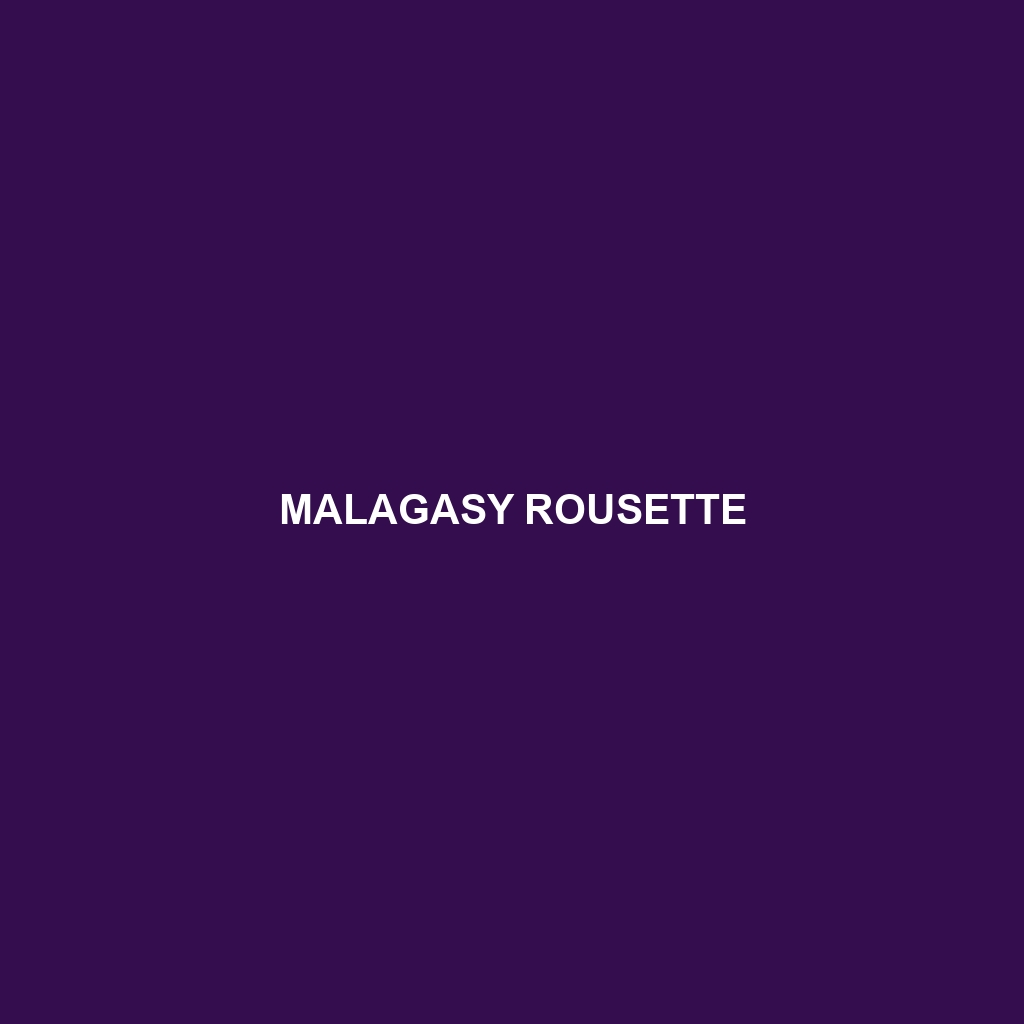Malagasy Rousette
Common Name: Malagasy Rousette
Scientific Name: Rousettus madagascariensis
Habitat
The Malagasy Rousette, also known as the Madagascar fruit bat, primarily inhabits the lush rainforests and tropical woodlands of Madagascar. These bats are typically found in areas with abundant fruiting trees, as their foraging behavior heavily depends on the availability of food sources. They prefer roosting in caves, abandoned buildings, or dense vegetation during the day to seek protection from predators and harsh environmental conditions.
Physical Characteristics
Malagasy Rousettes are medium-sized bats, generally measuring around 15 to 20 centimeters in body length, with wingspans extending up to approximately 65 centimeters. Their fur is predominantly brown or grayish-brown, providing effective camouflage within their forest habitats. One of the distinctive features of this species is their large eyes, which are suited for nocturnal activity, and their pointed snouts that allow for efficient foraging.
Behavior
These bats exhibit nocturnal behavior, becoming active at dusk to search for food. They are known for their social structure, often roosting in large colonies that can consist of hundreds of individuals. This social behavior not only aids in protecting themselves from predators but also enhances their foraging efficiency through communal foraging. Their ability to navigate using echolocation is particularly fascinating, as it plays a crucial role in their nightly activities.
Diet
The diet of the Malagasy Rousette primarily consists of fruits, particularly figs, bananas, and other flowering plants. They play a significant role in seed dispersal, contributing to the regeneration of their forest habitats. Their feeding habits are critical to maintaining the ecological balance, as they help in pollination and the dispersal of various plant species.
Reproduction
Malagasy Rousettes typically breed once a year, with the breeding season occurring between October and December. After a gestation period of about three months, females give birth to a single pup. Maternal care is prominent, as mothers provide nourishment and protection to their young until they are capable of foraging independently after a few months.
Conservation Status
The Malagasy Rousette is currently classified as vulnerable by the International Union for Conservation of Nature (IUCN). The primary threats to this species include habitat loss due to deforestation, hunting, and the impact of climate change on their ecosystems. Conservation efforts are essential to ensure the survival of this unique fruit bat.
Interesting Facts
One fascinating fact about the Malagasy Rousette is its key role in pollinating certain plant species, particularly the baobab trees, which are iconic to Madagascar. Additionally, they have a unique social hierarchy within their colonies, which can provide insights into the complexities of bat behavior and communication.
Role in Ecosystem
The Malagasy Rousette plays a critical role in maintaining the health of the forest ecosystem. By feeding on fruits and dispersing seeds, these bats contribute to the diversity and stability of their habitats. Their interactions with other species, particularly plants, underscore their importance as both pollinators and seed dispersers in Madagascar’s unique ecological landscape.
